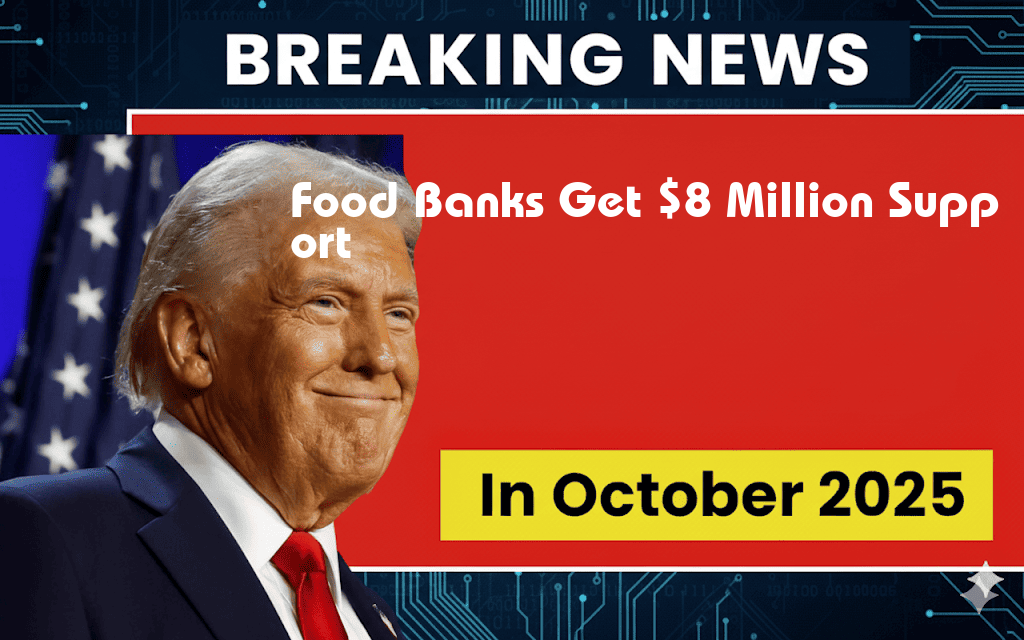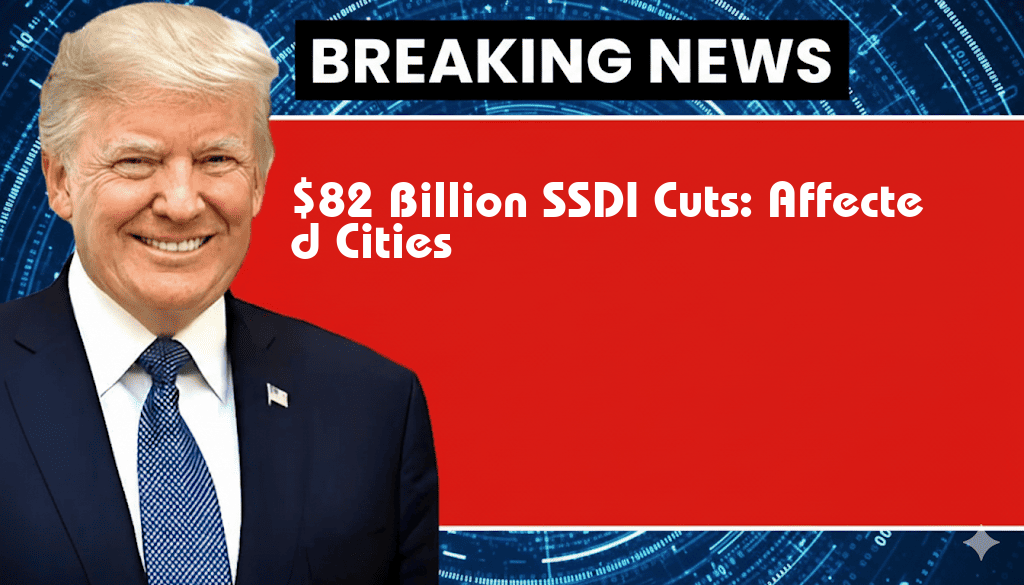

Food Banks Receive $8 Million Support Amid Anticipated SNAP Cuts
As the nation braces for potential cuts to the Supplemental Nutrition Assistance Program (SNAP), food banks across the United States are receiving an influx of support to bolster their resources. In a recent announcement, the Department of Agriculture confirmed an $8 million allocation aimed at enhancing food distribution networks and assisting families facing food insecurity. This funding comes at a crucial time, as estimates suggest that millions could be impacted by the forthcoming changes to SNAP benefits. Food banks, which have already been under significant strain due to rising demand, are gearing up to meet the challenges ahead.
The Impact of SNAP Cuts
Experts warn that proposed reductions to SNAP could have dire consequences for low-income families. With inflation affecting food prices and the ongoing economic recovery still shaky, these cuts could lead to increased hunger and hardship. According to a report from the Feeding America network, approximately 42 million individuals rely on SNAP benefits to afford nutritious meals, making any reduction a pressing concern for many households.
Funding Allocation Details
The $8 million investment will be distributed among food banks nationwide, focusing on enhancing their capacity to provide assistance. Key areas of support include:
- Infrastructure Improvements: Upgrading storage and transportation facilities to increase efficiency.
- Food Procurement: Expanding partnerships with local farmers and food producers to diversify offerings.
- Outreach Programs: Initiatives to educate communities about available resources and support services.
Responses from Food Bank Leaders
Leaders within the food bank community have expressed gratitude for the timely support. “This funding is essential for us to continue our mission,” stated Sarah Johnson, Executive Director of the Community Food Bank in Phoenix. “With the anticipated SNAP cuts, we expect to see an increase in demand, and this investment will help us prepare to meet that need.”
Food banks are also working to ensure that assistance reaches those who need it most. In many regions, food insecurity is exacerbated by various social factors, including unemployment and rising housing costs. The new funding aims to address these issues head-on, with food banks becoming vital lifelines for affected families.
Long-Term Solutions to Food Insecurity
While immediate funding provides a necessary boost, many advocates emphasize the importance of sustainable solutions to food insecurity. Efforts are underway to advocate for policies that bolster economic stability for low-income families, including increasing minimum wage and providing more robust social safety nets. “We need to address the root causes of food insecurity,” said Mark Thompson, a policy analyst at the Urban Institute. “Short-term funding is helpful, but we must also push for long-term changes that support families in a meaningful way.”
Conclusion
The $8 million support for food banks represents a proactive measure in response to the anticipated SNAP cuts. By enhancing their capabilities, food banks can continue to serve communities grappling with food insecurity. As the situation evolves, ongoing collaboration between government agencies, nonprofit organizations, and local communities will be crucial in ensuring that all individuals have access to nutritious food.
| Statistic | Value |
|---|---|
| Number of people relying on SNAP | 42 million |
| Percentage of households experiencing food insecurity | 10.5% |
| Projected increase in demand for food banks | 20% |
For more information on SNAP and food assistance programs, visit the USDA SNAP website.
Frequently Asked Questions
What is the significance of the $8 million support for food banks?
The $8 million support for food banks is crucial as it helps them meet the increasing demand for food assistance amid anticipated SNAP cuts. This funding will enable food banks to provide essential resources to vulnerable populations facing food insecurity.
How are SNAP cuts expected to impact food assistance programs?
Anticipated SNAP cuts may lead to reduced benefits for millions of families, resulting in higher reliance on food banks for essential support. This could strain the existing resources of food banks, making the recent funding even more vital.
Who will benefit from the additional funding for food banks?
The additional $8 million funding will primarily benefit low-income individuals and families who rely on food banks for nutrition. It will also support the food banks themselves in expanding their services and meeting the growing demand.
How can individuals contribute to their local food banks?
Individuals can contribute to their local food banks through monetary donations, food drives, or volunteering their time. Every contribution helps strengthen the support system as they prepare for the impact of potential SNAP cuts.
What are the long-term implications of SNAP cuts on food security?
Long-term implications of SNAP cuts may include increased rates of food insecurity and reliance on emergency food services like food banks. This could lead to a cycle of poverty and health issues, making it imperative to address these cuts proactively.





